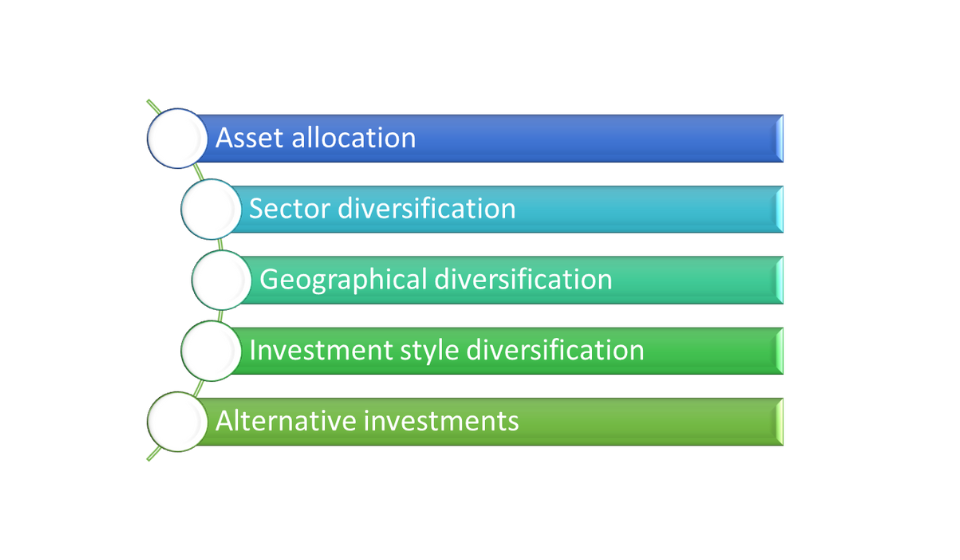Investing is often perceived as a game of numbers and statistics, but at its core, it is a deeply personal endeavor. Each individual brings their unique perspectives, goals, and risk tolerances to the table, making the art of investing as varied and individualistic as the people who engage in it. Crafting a portfolio that is as unique as you are not only enhances your investment experience but also increases your chances of achieving financial success.
Understanding Your Financial Goals
The first step in creating a personalized portfolio is to understand your financial goals. Are you saving for retirement, a down payment on a house, or your children’s education? Each goal has a different time horizon and risk tolerance. For instance, if you’re saving for retirement that is 30 years away, you can afford to take on more risk for potentially higher returns. Conversely, if you’re saving for a home purchase in the next few years, a more conservative approach may be appropriate to protect your capital.
Strategies For Investment Portfolio
Assessing Your Risk Tolerance
Risk tolerance is the degree of variability in investment returns that an individual is willing to withstand. It is influenced by factors such as age, income, financial knowledge, and personal comfort with uncertainty. A young professional with a steady income and a long investment horizon might have a high-risk tolerance, favoring stocks and other volatile assets. In contrast, a retiree relying on their investments for income may prefer the stability of bonds and dividend-paying stocks. Understanding your risk tolerance helps in selecting investments that align with your comfort level and financial situation.
Diversification: The Key to a Unique Portfolio
Diversification is a critical component of any investment strategy. It involves spreading your investments across different asset classes, sectors, and geographical regions to reduce risk. A well-diversified portfolio might include a mix of stocks, bonds, real estate, and alternative investments such as commodities or cryptocurrencies. This mix not only protects your portfolio from the poor performance of any single asset but also capitalizes on the varying performance cycles of different investments.
Personalizing Asset Allocation
Asset allocation is the process of deciding how to distribute your investments among different asset classes. A personalized asset allocation strategy considers your financial goals, risk tolerance, and investment horizon. For instance, an aggressive investor with a high-risk tolerance might allocate 80% of their portfolio to stocks and 20% to bonds. In contrast, a conservative investor might prefer a 40% stock and 60% bond allocation. Regularly reviewing and adjusting your asset allocation ensures that your portfolio remains aligned with your evolving financial goals and market conditions.
Incorporating Personal Values
In recent years, many investors have started incorporating their personal values into their investment decisions. This approach, known as socially responsible investing (SRI) or environmental, social, and governance (ESG) investing, allows you to invest in companies and funds that align with your ethical beliefs. Whether it’s investing in renewable energy, companies with strong labor practices, or avoiding industries like tobacco and firearms, integrating your values into your portfolio can provide a sense of fulfillment and purpose.
The Role of Active vs. Passive Investing
When crafting a unique portfolio, you’ll need to decide between active and passive investing. Active investing involves selecting individual stocks or funds and making frequent trades to outperform the market. This approach requires significant time, research, and market knowledge. Passive investing, on the other hand, involves buying and holding index funds or ETFs that replicate the performance of a market index. While passive investing typically results in lower fees and consistent returns, active investing can potentially yield higher returns if done successfully. Your choice will depend on your investment knowledge, time commitment, and financial goals.
Leveraging Technology and Professional Advice
In today’s digital age, technology plays a vital role in personalizing your investment portfolio. Robo-advisors, for example, use algorithms to create and manage a diversified portfolio based on your financial goals and risk tolerance. These platforms offer a cost-effective and convenient way to invest, especially for beginners. Additionally, seeking advice from a financial advisor can provide personalized insights and strategies tailored to your unique situation. A professional can help you navigate complex investment decisions and adjust your portfolio as your circumstances change.
Conclusion
Investing is an art that requires a blend of knowledge, strategy, and personalization. By understanding your financial goals, assessing your risk tolerance, diversifying your investments, and incorporating your personal values, you can craft a portfolio that is as unique as you are. Leveraging technology and professional advice, along with regular monitoring and rebalancing, further enhances your investment journey. Remember, the best portfolio is one that aligns with your unique circumstances and helps you achieve your financial aspirations.





